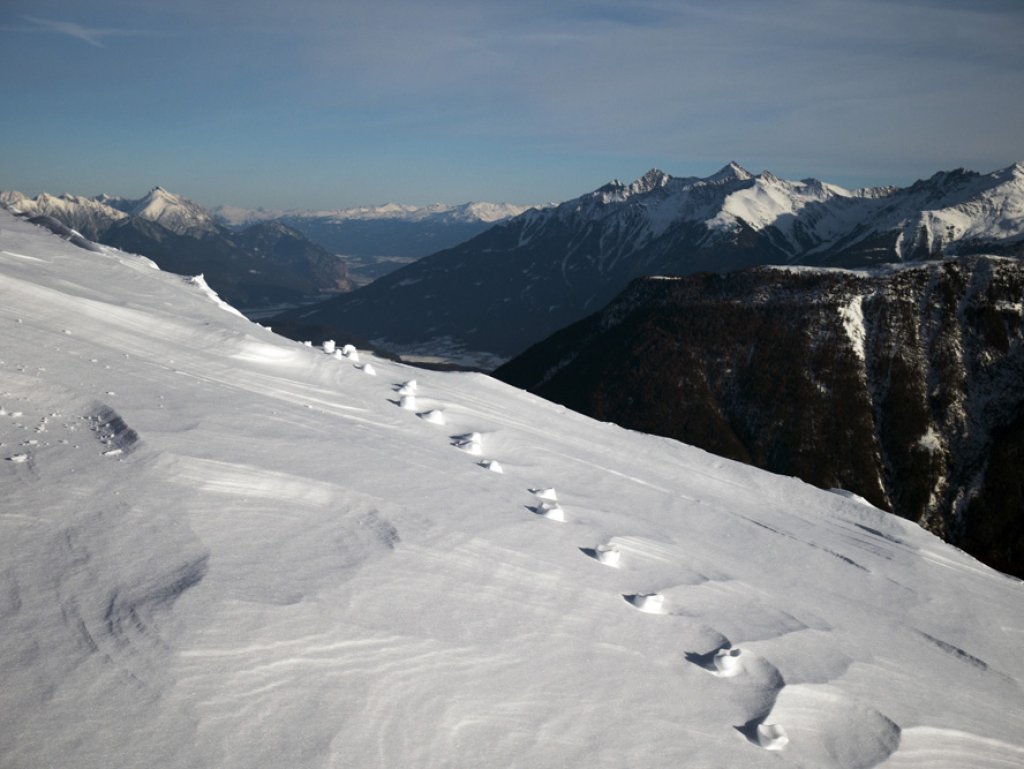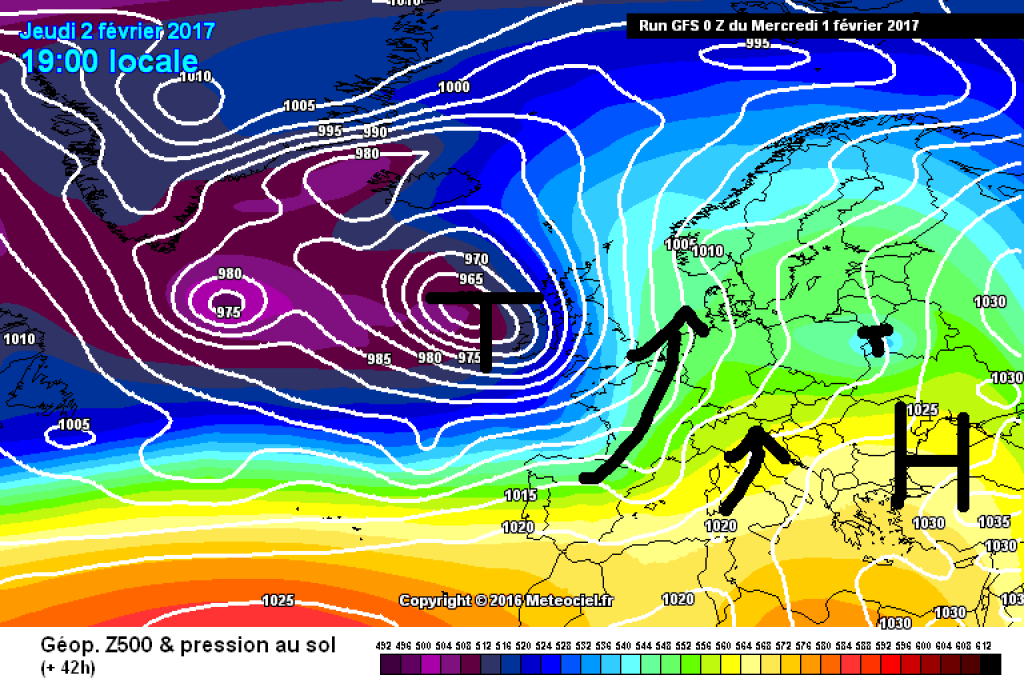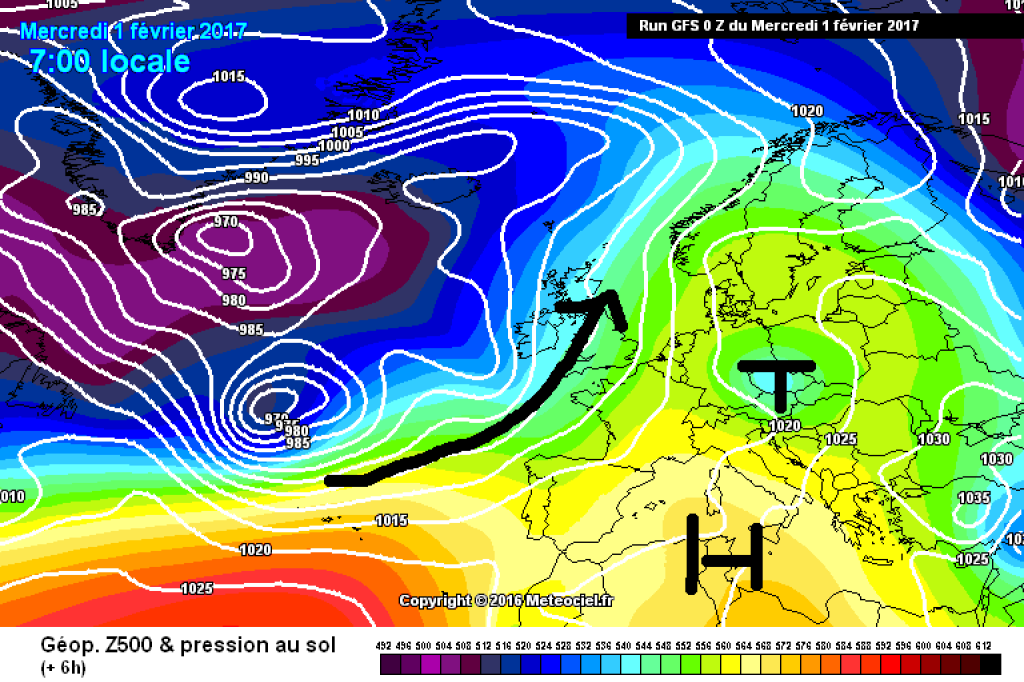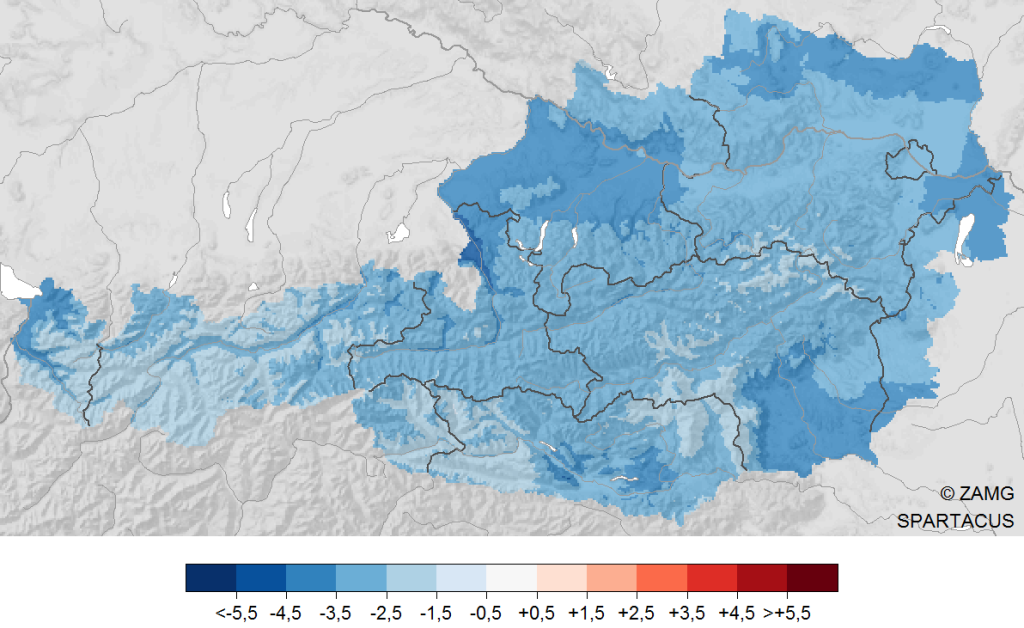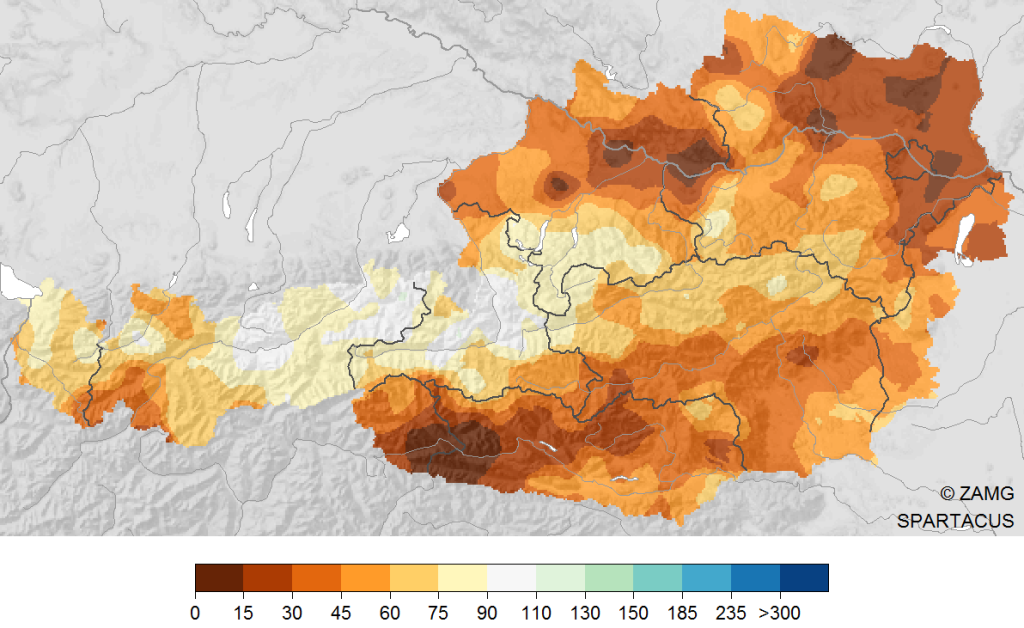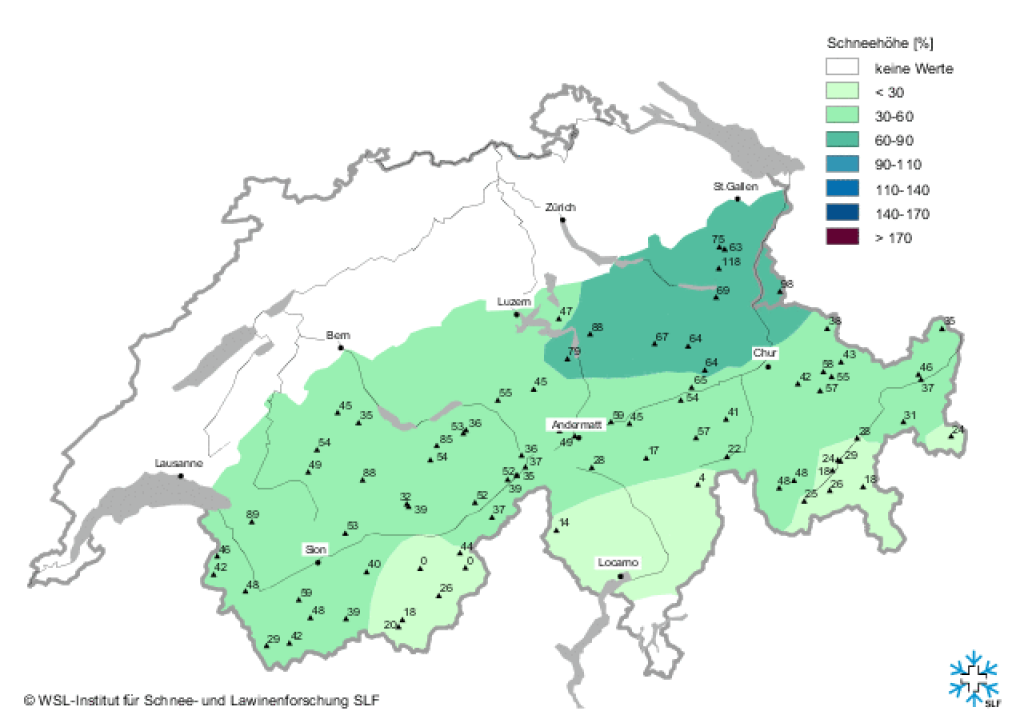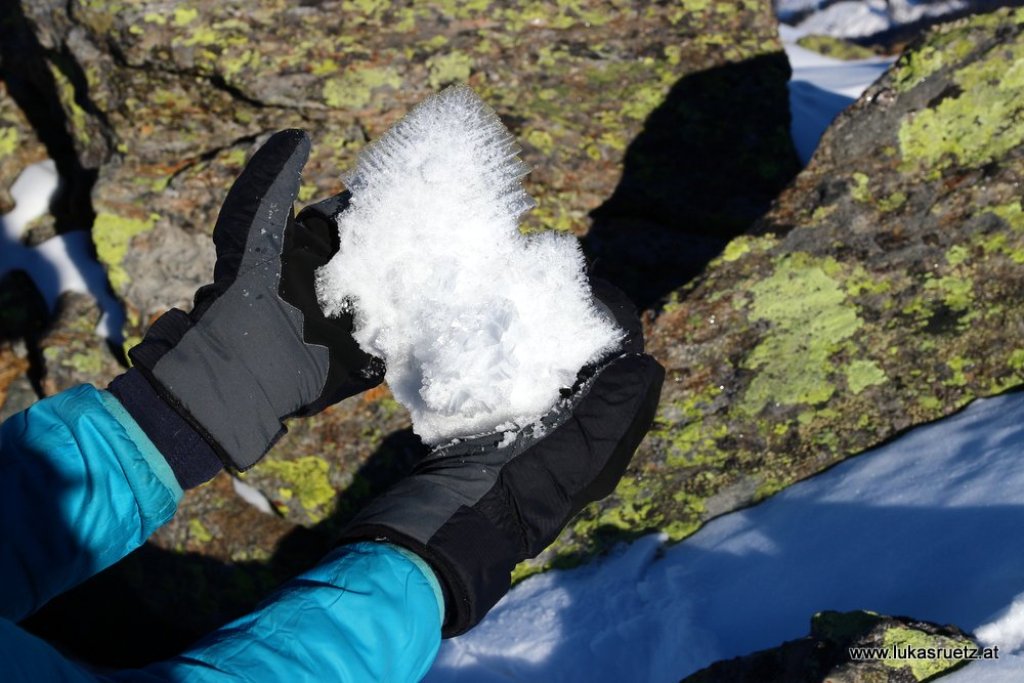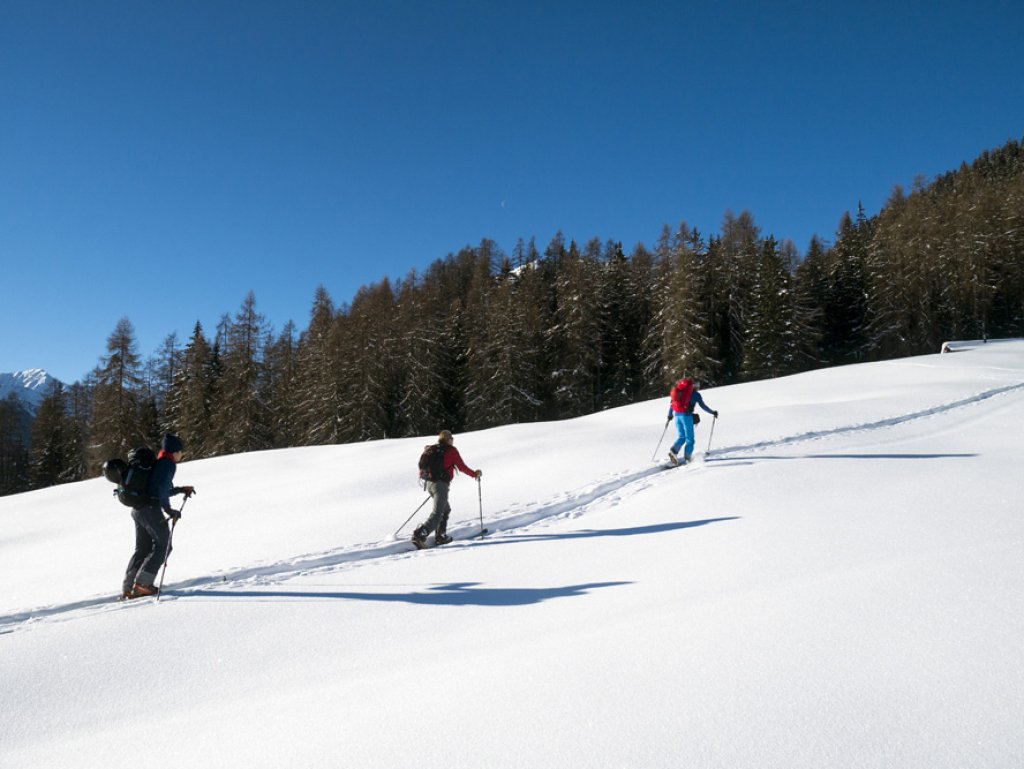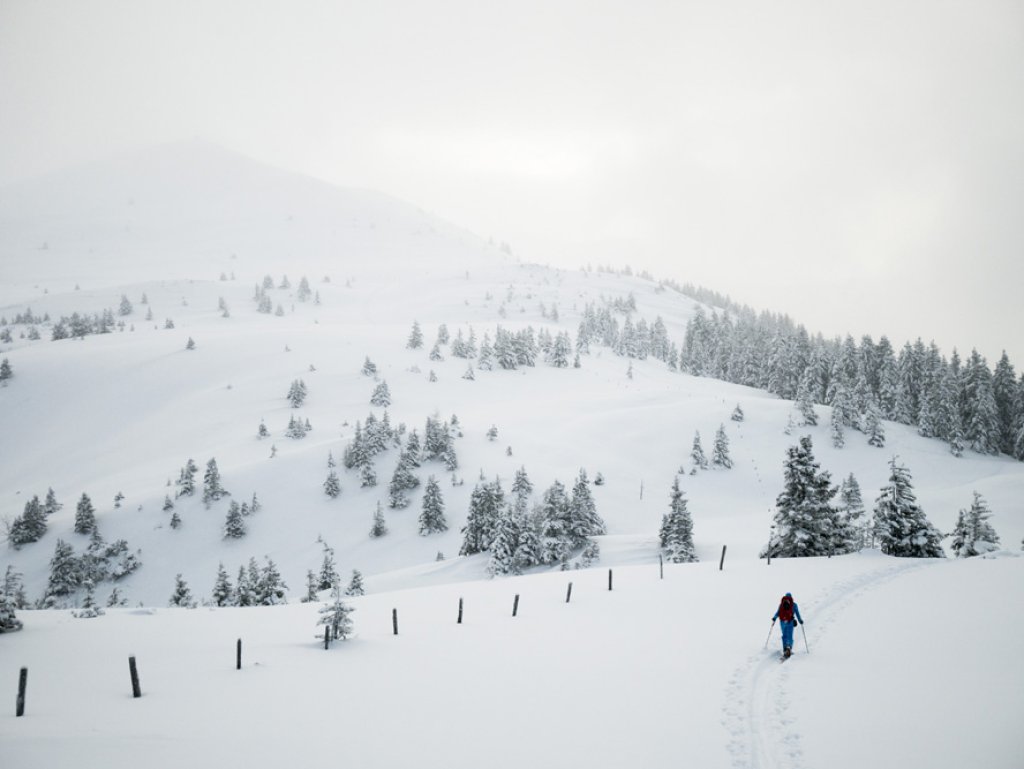The end of January was significantly colder than the long-term average. Across Austria, it was on average around 3 degrees colder than usual. The situation was similar in Germany. The snowy regions in particular recorded very low minus temperatures in some cases. Interestingly, it was just as cold in the valleys as it was in the mountains. On January 6, the lowest temperature of the month was measured in Austria: -29.7°C on the Hinterer Brunnenkogel in the Pitztal valley. The lowest temperature below 1000m followed the next day in Radstadt (835m), where it was -26.3°C. And even below 500m above sea level, the temperature dropped to -22.4°C on January 11 (Klausen-Leopoldsdorf). The reason for this was the very pronounced inversion, which was already mentioned in last week's WeatherBlog.
In addition to being cold, January was - as in December - also extremely dry, apart from the congested areas in the eastern northern Alps, where the amount of precipitation was about average. Especially south of the Alpine skin ridge, January passed almost entirely without precipitation. Across Austria, precipitation was 37% below the long-term average. It was also unusually dry in the rest of the Alpine countries - most people will have already recognized this from the poor snow conditions. Here is the monthly review from ZAMG and here is a report on the same topic from DWD.
